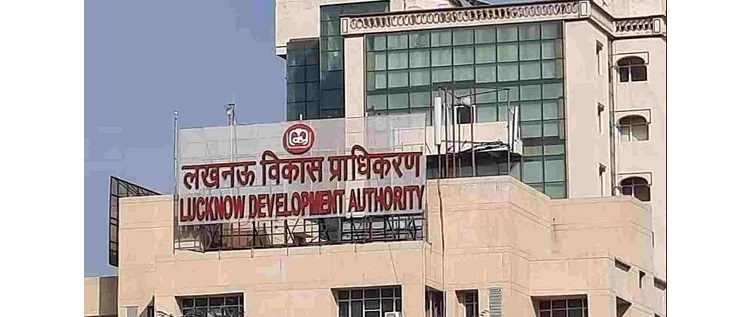E - PAPER
Office rentals see double digit growth in Q3
Commercial office rentals in the micro-markets of top cities grew in the double digits due to lower vacancy across premium grade-A buildings and rising demand. Office rental values increased 9.4-32% from a year earlier in the micro-markets of Bengaluru, Kolkata, Pune and Chennai in the third quar
 BY
admin
BY
admin
Published - Thursday, 29 Nov, 2018

Commercial office rentals in the micro-markets of top cities grew in the double digits due to lower vacancy across premium grade-A buildings and rising demand.
Office rental values increased 9.4-32% from a year earlier in the micro-markets of Bengaluru, Kolkata, Pune and Chennai in the third quarter of 2018, placing them in the top 10, as per Colliers International.
“Of the top 10 markets, Bengaluru has the highest representation, with six markets, reinforcing strong occupier preference,” said Ritesh Sachdev, senior executive director, occupier services, at Colliers International India.
Bengaluru also recorded the highest rental appreciation in the range of 10% to 32% in the three months ended September.
Demand for office space in India was robust in the third quarter, with a gross 12.3 million square feet taken up, a 23% growth over the corresponding period last year.
Bannerghatta Road and Electronic City in Bengaluru witnessed highest rental increase of 32% and 22%, respectively, according to Colliers.
This was followed by micro-markets in Chennai, Kolkata and Pune, where rentals increased about 10%. “There has been good demand for large floor plates, with rentals also moving upwards… We have leased 2 million sq ft in the past nine months,” said Atul Chordia, chairman of Panchshil Realty, a developer based in Pune.
There was an increase in large office-space transactions, indicating an improvement in business confidence.
Gross leasing in India was recorded at 36.4 million sq ft for the first nine months of 2018, up 26% from a year earlier, Colliers said.
Pan-India demand for grade-A office space in the third quarter was driven by the technology sector (48% of the total leasing volume), followed by banking and insurance (19%).
The need for efficiency and a collaborative environment increased demand for flexible workspace, which accounted for 13% of the leasing volume.
RELATED STORY VIEW MORE
TOP STORY VIEW MORE

Mixed Outlook for Australia's Housing Sector In 2024
Mixed Outlook for Australia's Housing Sector In 2024
05 December, 2024NEWS LETTER
Subscribe for our news letter
E - PAPER
-

CURRENT MONTH 
LAST MONTH














